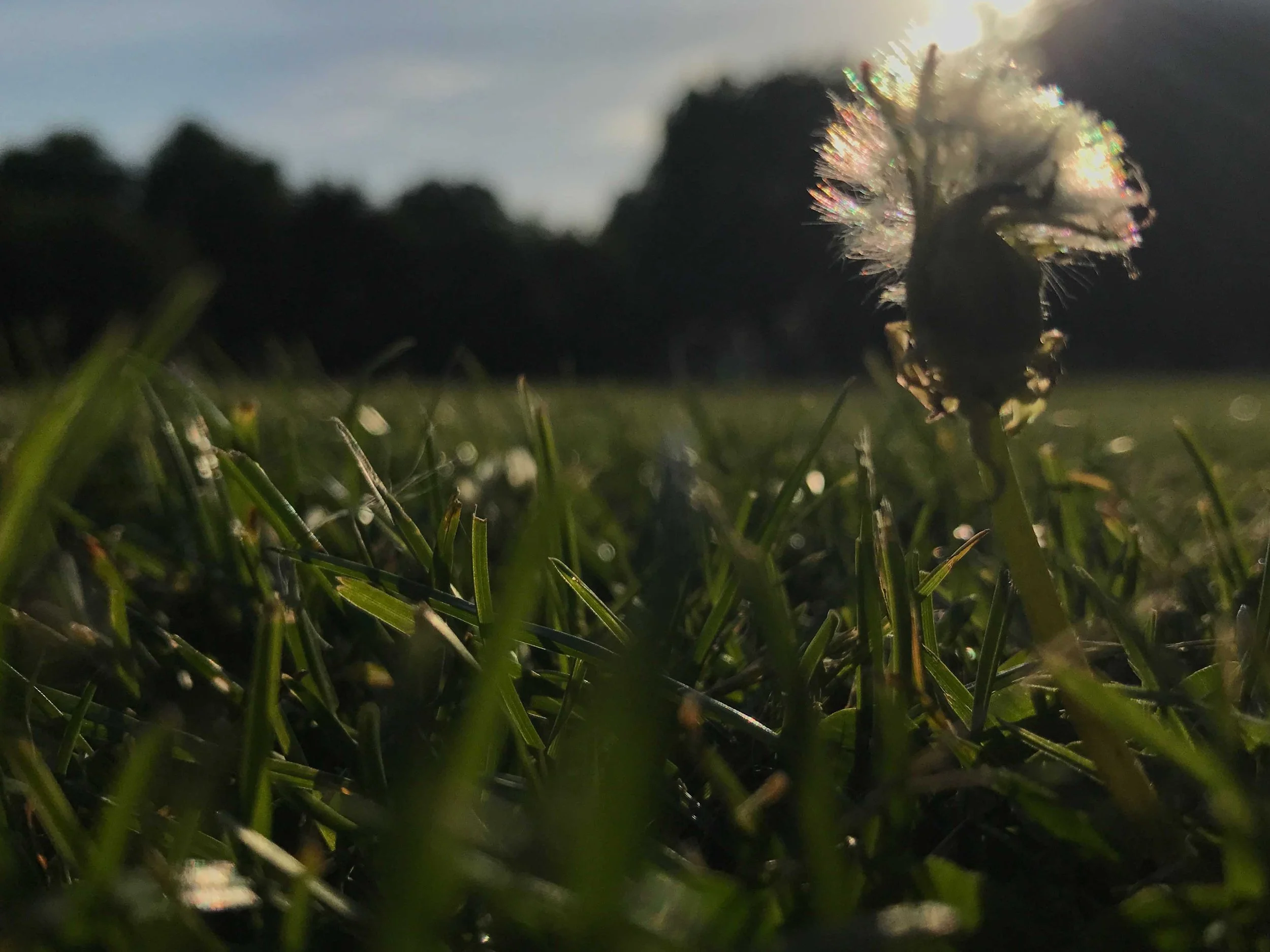
ways to manage your headache
understanding your headache
Headache and facial pain can be worrying, especially when you’re not sure what’s behind them. Learning to notice the type of pain you have and the way it shows up in daily life can help you feel more in control and spot the early signs of an attack. Below you’ll find clear, simple descriptions of some common types of headache and facial pain.
TRIGEmiNAL NEURALGIA
Sharp, electric-like jolts of pain affect one side of the face and can feel sudden and overwhelming. An attack may last seconds but can repeat many times a day.
Key features:
Triggered by touch, talking, chewing or even a breeze; very intense but short-lived; often one-sided.
TENSION-type HEADACHE
A steady, tight or pressing pain, often described like a band around the head. It can be uncomfortable but usually allows people to keep going with daily life.
Key features:
Usually mild to moderate pain; affects both sides of the head; often linked to stress or tiredness.
CLUSTER HEADACHE
Excruciating pain builds rapidly around one eye or temple, with attacks coming in ‘clusters’ over weeks or months. The pain is so intense it can stop you completely.
Key features:
Attacks last 15 minutes to 3 hours; occur once to several times a day; may cause red or watery eye, blocked nose, restlessness.
MIGRAINE
A strong, often one-sided headache that can build into throbbing or pulsing pain. Everyday tasks become difficult when light, noise or nausea add to the strain.
Key features:
Moderate to severe intensity; lasts hours to days; can bring nausea, vomiting, light or sound sensitivity.
new DAILY PERSISTeNT HEADACHE
A headache that starts one day and then simply never goes away, becoming part of everyday life. It can feel like a mix of migraine-type pain or a steady tension-like ache.
Key features:
Constant, daily from the very beginning; often resistant to usual painkillers; steady or throbbing quality.
Facial pain
An ongoing ache or discomfort in the face or jaw, sometimes described as burning, stabbing or pressure-like. Attacks may be set off by movement or stress.
Key features:
May be triggered by chewing, talking, stress; can vary in sensation (burning, aching, stabbing); can be accompanied by watery, red or puffy eye or blocked, runny nose.
These descriptions are offered to inform and give insight but not treat, diagnose or replace the advice of a doctor. Always seek medical advice with any questions regarding a medical condition.

headache diary
Living with headache pain can feel even harder when you’re unsure what’s causing it. Keeping a simple headache diary can make a real difference — by tracking when your symptoms happen and how they affect you, patterns often become clearer. With this insight, and the right support, it’s possible to find a treatment plan that helps you feel more in control.
Help is available.
WHY KEEP A DIARY?
Keeping a diary of your headache characteristics, including frequency, duration, severity, and associated symptoms, can help reveal patterns in your attacks, support your consultant in making a diagnosis, and assist in identifying triggers, as well as evaluating the effectiveness of treatment.
DIARY templates
Choose the best way for you to keep your diary – on a piece of paper or digitally. The simple templates below provide a guide to help you record your own experiences and useful information to bring to an appointment.
daily HEADACHE DIARY
medication DIARY
experience DIARY
concerns & questions
self-management techniques for your headache
Headaches and migraine can impact anyone. They can disrupt daily life and leave you feeling worn down, both physically and emotionally. The pain experienced, along with the associated symptoms, can be exhausting and difficult to cope with.
Experiencing an attack can be very difficult, and it’s just as hard to see someone you care about in pain. Finding the right tools to manage symptoms can restore a sense of control and confidence. Working with a specialist can guide you to the most suitable treatment, but there are also simple steps you can try at home to support your wellbeing.
Noticing what might trigger a migraine can be an important step in managing the condition. A ‘trigger’ is any change or event that seems to bring on an episode. It isn’t always easy to work out what your triggers are — everyone’s experience is different, and often more than one factor is involved. Keeping a diary can help you spot patterns and possible links, giving you the chance to prepare for certain situations or reduce your exposure to them.
Common migraine triggerS
Skipping meals or not eating regularly
Changes in sleep habits (for example jet lag, sleeping in on weekends, shift work)
Hormonal fluctuations (related to periods, contraceptive use or pregnancy)
Environmental factors (like bright lights, loud sounds, strong odours, or stuffy rooms)
Overexertion (both physically and mentally)
Stress and the relief that follows it (such as the aftermath of a busy week)
Intense emotions (like anger)
Weather changes (including high humidity, fluctuations in temperature or barometric pressure)
Consuming too much alcohol or caffeine
Taking pain relievers too frequently
Making some modifications to your lifestyle may help relieve or moderate how you are affected by migraine triggers and the frequency or intensity of headaches you experience. Below are some adjustments you could try.
lifestyle modifications
Get Regular Sleep • If you sleep excessively on the weekends and too little on weekdays you may cause serotonin levels to become imbalanced.
Eat Regular Meals • Low blood sugar can trigger a headache. Eating a balanced diet at regular times a day can help to prevent this.
Drink Plenty of Water • Dehydration may cause headaches. It is important to drink plenty of water throughout the day.
Reduce Stress • Stress may lead to an increase in headache experiences. Stress is a normal part of life. Finding practices for you to improve and encourage relaxation and stress management can help reduce headaches.
Contact us to arrange an appointment to discuss specific and tailored ways to manage your headaches.
PUBLICATIONS
Dr Salwa Kamourieh publishes articles on headache and migraine disorders, and contributes to other resources to explain these conditions.
Cheema, S., Lagrata, S., Rantell, K.R., Ahmed, M., Kamourieh, S. and Matharu, M.S., 2025. OnabotulinumtoxinA for primary new daily persistent headache and comparison to chronic migraine. Cephalalgia, 45(2), p.03331024251317448
Mehta, D., Cheema, S., Glover, S., Qureshi, A.M., Davagnanam, I., Kamourieh, S., Sayal, P., Toma, A., Lagrata, S., Joy, C. and Duncan, C., 2025. Defining the typical characteristics of orthostatic headache in patients with spontaneous intracranial hypotension. Cephalalgia, 45(1), p.03331024241308154
Cheema, S., Mehta, D., Qureshi, A., Sayal, P., Kamourieh, S., Davagnanam, I. and Matharu, M., 2024. Spontaneous intracranial hypotension. Practical Neurology, 24(2), pp.98-105.
Kamourieh, S., Rozen, T. and Anderson, J.M., 2024. Status migrainosus. Handbook of Clinical Neurology, 199, pp.413-439.
Cheema, S., Ferreira, F., Parras, O., Lagrata, S., Kamourieh, S., Pakzad, A., Zrinzo, L., Matharu, M. and Akram, H., 2023. Association of clinical and neuroanatomic factors with response to ventral tegmental area DBS in chronic cluster headache. Neurology, 101(23), pp.e2423-e2433.
Dwij, M., Sanjay, C., Glover, S., Davagnanam, I., Ayman, Q., Kamourieh, S. and Manjit, M., 2023. Defining orthostatic headache in spontaneous intracranial hypotension. Journal of Neurology, Neurosurgery & Psychiatry 2023, 94, p. A28.
Ananthavarathan, P. and Kamourieh, S., 2023. Alternating hemiplegia of childhood. Handbook of Clinical Neurology, 198, pp.221-227.
Simmonds, L., Lagrata, S., Stubberud, A., Cheema, S., Tronvik, E., Matharu, M. and Kamourieh, S., 2023. An open-label observational study and meta-analysis of non-invasive vagus nerve stimulation in medically refractory chronic cluster headache. Frontiers in Neurology, 14, p.1100426.
RECENT ARTICLES
further ARTICLES
For a full list of articles, please visit researchgate.net.




